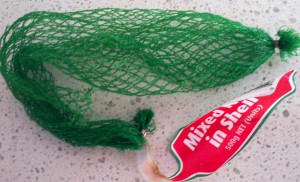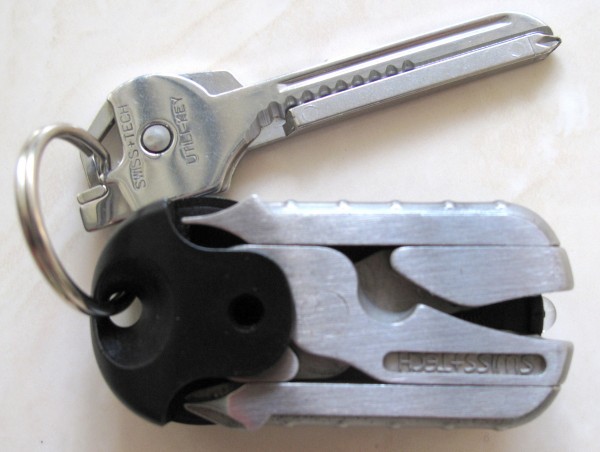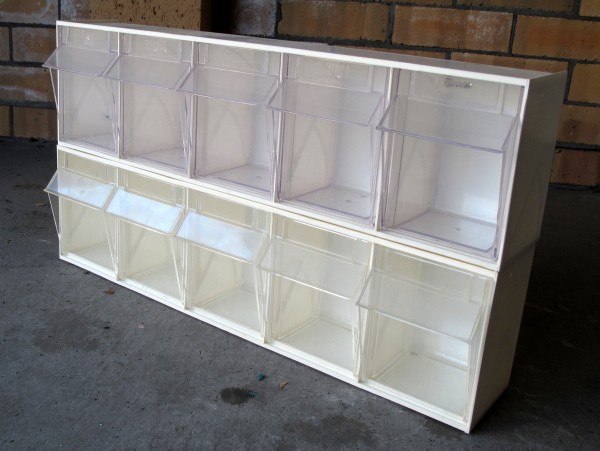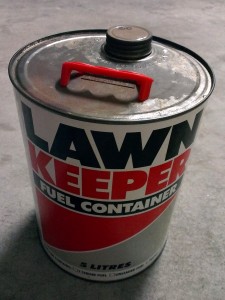Cindy’s Weekly Wisdom

Cindy
One person’s trash is another person’s treasure. That’s a saying we’ve all heard and probably have said. I first truly appreciated the saying at the first garage sale I ever held as an adult. As we raised the garage door at 8:00 am, shoppers began ducking under the rising door, eager to be the first inside. The very first thing that sold was a men’s electric razor for $5. The next thing to sell was a rusted kitchen knife for 10 cents. That’s when I first came to believe that you really can sell anything.
But, of course, decluttering doesn’t have to be about selling, as we have discussed many times on this blog.
I think there are two things you need in order to make any trash to treasure (T2T) work. 1) a place for your “trash” to go and 2) and more importantly, a willingness to find that place.
Let’s start with the easiest examples.
Have Trash: your old clothes. Make Treasure: donate them to the thrift store. That’s how you turn clothing T2T.
Okay, duh Cindy, that’s obvious, but no one would want my XX. You think not? Let’s recall some of the tougher items I’ve decluttered.
Have Trash: 3 pounds of sour cream with about 1/2 C missing and a bottle of salad dressing with one salad’s worth missing. To make this into treasure, you are probably the biggest obstacle. Your embarrassment about offering slightly used food to others is holding you back from making this into treasure. I took a deep breath and offered these two things on my neighborhood list serve. Both had multiple people willing to take them off my hands. The person who took the sour cream just happened to be having a party that weekend and was pleased to have a base for various dips. She made a sour cream cake with the rest.
Have trash: Things which can be recycled, but it’s inconvenient. To make treasure: It’s your responsibility to dispose to things responsibly and in the best way your community demands. Batteries can be saved up and returned to the battery store, Home Depot or Lowes, and probably your community recycling center. The same with Compact Florescent Lightbulbs (except they go back to the lightbulb store, not the battery store). Try this mindset: You were perfectly willing to drive all over town to acquire these items. You should put at least this much effort into recycling them. (Or you can make battery art, like this creative soul.)
Have trash: Sentimental item you dislike. Make treasure: Again, you’re the obstacle here. You have to know that it’s not your responsibility to hang onto other people’s memories, stuff from the dead, or gifts you hate. Make treasure: As we occasionally say in our house, You gotta put your big girl pants on. Be okay with the fact that you don’t want these things. Then ask among the relatives (and don’t listen to their silly attempts to guilt-trip you into keeping the item), donate to a historical society (if appropriate), give to the thrift store, sell on EBay, donate on Craigslist or Freecycle. Recently my cousin has had great luck selling on Facebook classified ads, which I don’t know anything about. She lives in the country. Her rural location does not stop her from selling and buying used, and it shouldn’t stop you either.
Have trash: A wierd, awkward, or very one-of-a-kind item. Make treasure: These things are perfect for Freecycle or the free column on Craigslist. I have Freecycled battered used wooden fencing – twice (once it was used to make a goat pen and once it was used to make rustic mailboxes), and we let people pick through our construction dumpster for a single piece of wood they needed. A broken antique mirror frame with no mirror went to a furniture refinisher. Either he’ll fix it when he’s got time or he’ll use the pieces to fix up something else. A huge box of old cassette tapes were happily snapped up by a fellow driving a really old pick up truck – no CD player in that thing. All of our pencils that had been used until they were really short, and all the pens that worked but we didn’t like for some reason went to our daughters’ school. “Pencils of shame” we call them, because they were saved for girls who forgot to bring their pencils to class.
Have trash: Dirty, torn or stained clothing. Make treasure: Call around to your local thrift stores; it is likely that at least one of them is also in the fiber business. I had a hard time finding this information in my community, but it turns out that both the Salvation Army and Goodwill take items for fiber. I just need to label the bag clearly with “For Fiber. Do Not Sort.” and drop at any Salvation Army or Goodwill location. How easy is that? Now in addition to the bag I always have for items to donate to the thrift store, I have a bag for fiber too. Make treasure, part 2: In addition, when I converted my entire lawn to garden, I smothered the grass with layers of old clothing, sheets, and blankets that I have saved over the years. It made as good of layer as the cardboard I also used. Occasionally I dig up a button or a string of elastic from the garden from the fibers that have now decomposed.
What’s your hardest thing that you think you can’t find a good second life for? Let’s work together and see what we can come up with.
For more great tips on recycling your stuff check out 365’s Recycle Guide
Today’s Mini Mission
Declutter one dust collecting ornament.
Today’s Declutter Item
I performed only one task with this mug, a task that could be performed by something else that had multiple uses. Hence this item was just wasting space in my kitchen.
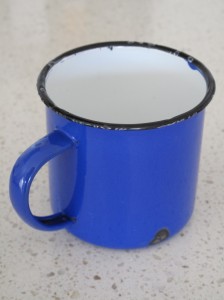
Enamel Mug
Eco Tip for the Day
When doing your weekly shop put a shopping basket in your shopping cart to put your fruit and vegetables in rather than bag everything up separately in plastic bags. I have been doing this for years and only once has the checkout person given me grief about having to weigh it this way.
“In daily life we must see that it is not happiness that makes us grateful, but gratefulness that makes us happy.” Brother David Steindl-Rast
It matters not how fast I go, I hurry faster when I’m slow


